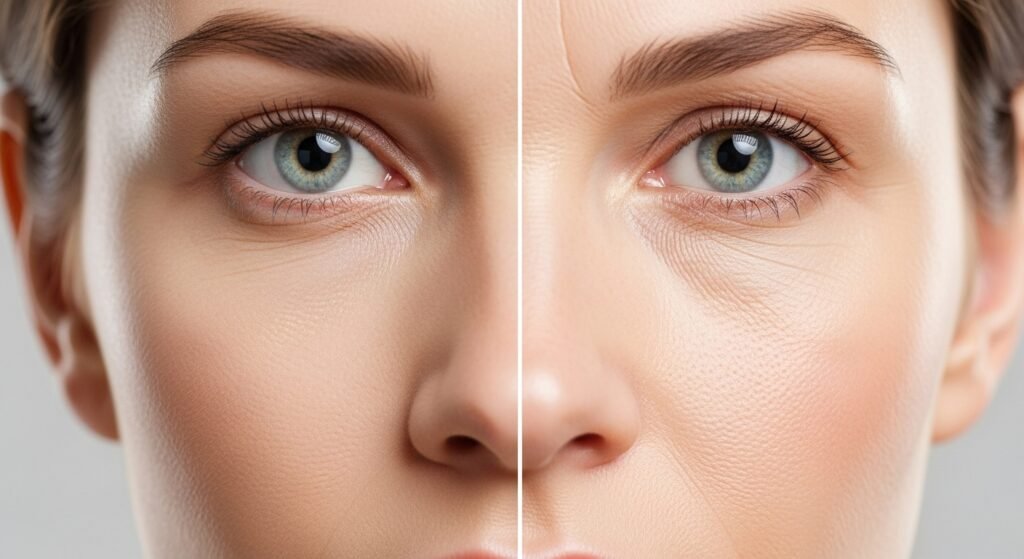Treatment of Static Wrinkles Refractory to Botox
Difficult-to-Treat Wrinkles
Glabellar wrinkles (frown lines) and horizontal wrinkles on the nasal dorsum represent a significant therapeutic challenge when they become static and no longer respond adequately to botulinum toxin application.
Characteristics of Static Wrinkles
These wrinkles are characterized by:
- Permanent presence, even at muscular rest
- Resistance to conventional Botox treatment
- Significant aesthetic compromise
- Need for differentiated therapeutic approach
Frontal Videosurgery as Solution
Surgical Technique
Frontal videosurgery emerges as the best therapeutic option for these refractory cases. This minimally invasive technique allows:
- Precise muscle sectioning: Interruption of muscle fibers responsible for wrinkle formation
- Correction of structural alterations: Treatment of tissue modifications that no longer respond to botulinum toxin
- Definitive approach: Solution for cases where Botox no longer offers satisfactory results
Procedure Characteristics
- Minimally invasive technique: Use of video technology for surgical precision
- Long-lasting results: Effective and prolonged correction of static wrinkles
- Optimized recovery: Less tissue trauma compared to conventional techniques
Expectations and Prognosis
Results
- Durability: The results obtained are considerably long-lasting
- Efficacy: Significant correction of wrinkles that did not respond to Botox
- Satisfaction: Expressive improvement in aesthetic appearance
Important Considerations
The patient should be aware that:
- Muscle reinnervation: Eventually, the musculature may return to partial function
- Maintenance: Botox reapplication may be necessary in the future
- Follow-up: Regular medical monitoring to evaluate results
Conclusion
Frontal videosurgery represents an effective and safe alternative for treating static wrinkles refractory to Botox, offering long-lasting and satisfactory results for patients who no longer obtain benefits from conventional treatment.

